Faced with the trend of modernizing the world's defense, countries are making efforts to integrate artificial intelligence (AI) into traditional weapons to gain an advantage on the battlefield.
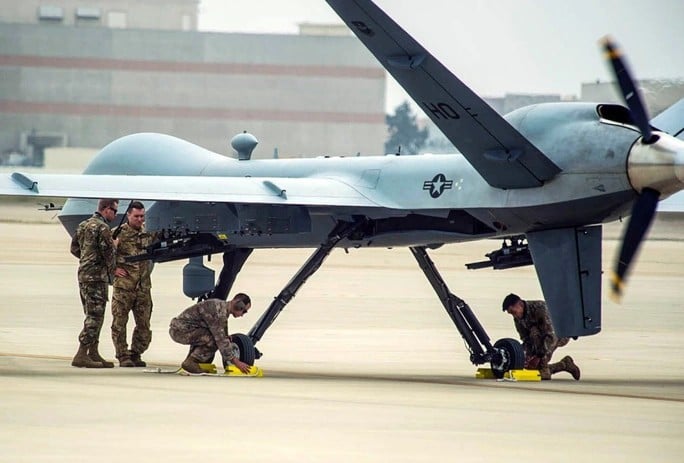 |
| The US Reapers drones, which have long-range radars and can provide command posts with maritime data from great distances. (Source: US Air Force) |
Leading military strategists believe that artificial intelligence (AI) will create a turning point in modern warfare. Because technology researchers can integrate them into traditional weapons, such as ships and fighter planes, to increase firepower and change the way of fighting.
Therefore, many countries with economic potential are willing to spend money on investment and research to produce products with optimal combat capabilities and help the army gain great advantages on the battlefield.
So what are the strengths of integrating military technology into traditional weapons and how are countries around the world competing?
Advantages of AI-equipped weapons
First, thanks to its fast data processing speed, AI can collect and send information from satellites and radars to military commanders, thereby helping them grasp the developments on the battlefield and make better decisions. For example, with the ability to monitor and analyze images, AI will help drones accurately target important enemy targets, such as high-ranking commanders or important military bases.
In addition, traditional weapons integrated with technology, especially AI-equipped drones, have three other major advantages. First, AI will replace human control, so autonomous aircraft on the battlefield will minimize soldier casualties.
Second, they can perform operations that the human body cannot tolerate, such as the increase in air pressure as the plane climbs can cause the pilot to lose consciousness. Therefore, drones do not need to be equipped with oxygen supply equipment.
Third, while manned fighter jets cost tens of millions of dollars, autonomous fighter jets cost only a few million dollars. With such a cost, the military apparatus will save a large amount of money.
AI in modern warfare
The Russia-Ukraine conflict is a powerful example of how military technology can affect the battlefield. In a May report by the Special Project for Competitive Research, Kiev and Moscow are both integrating conventional weapons with AI, satellite imagery, and smart munitions. The use of technology has significantly improved the lethality of artillery and missiles.
In addition, the transition of work between humans and robots is taking place on the battlefield. With manned reconnaissance helicopters vulnerable to attack, commanders in both countries are gradually transferring that role to autonomous aircraft.
Speaking at the Military Technology Conference in Washington on August 28, US Deputy Secretary of Defense Kathleen Hicks noted that the fighting in Ukraine proves that commercial technology products can play a decisive role in modern warfare.
US-China military technology confrontation
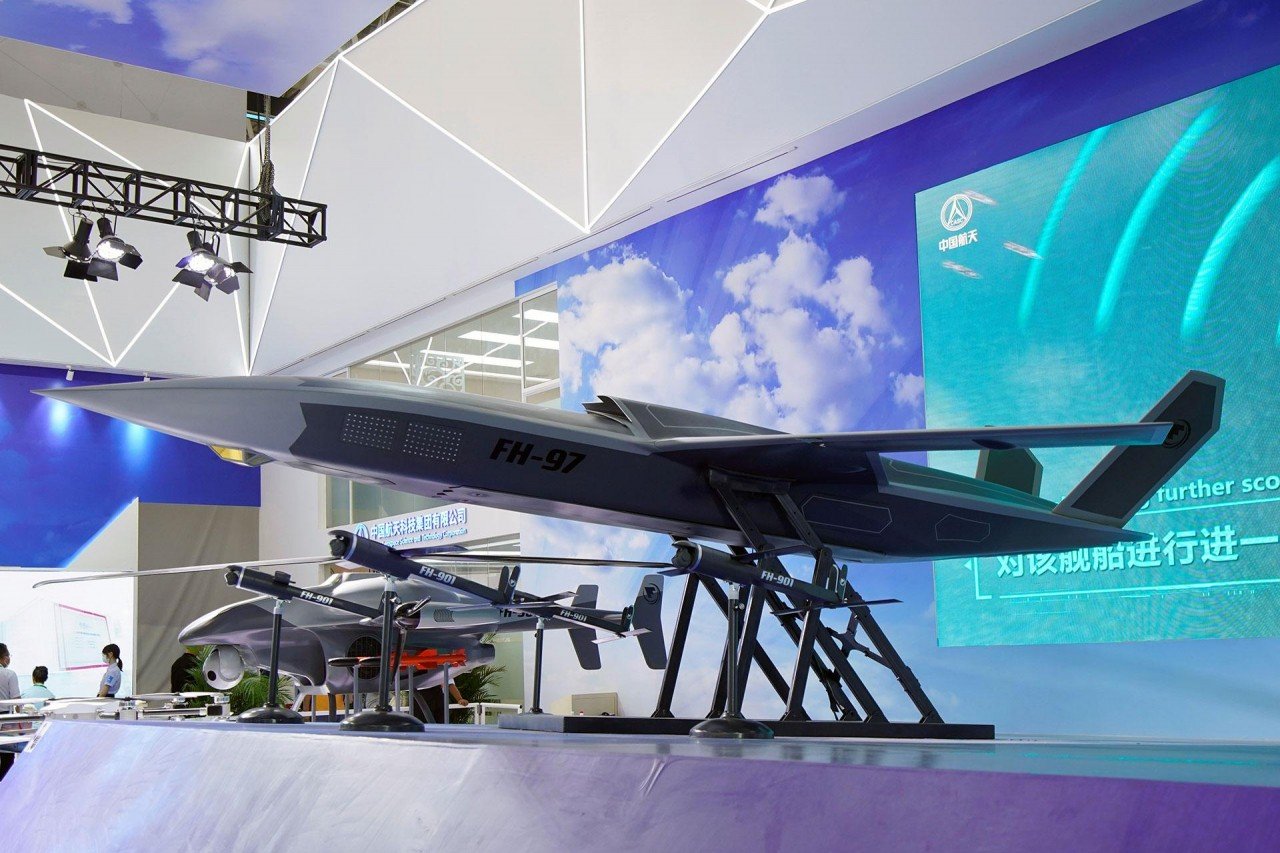 |
| The FH-97A is a remarkable achievement of China's unmanned aerial vehicle (UAV) industry. With AI control features, these new generation UAVs will greatly increase national defense power. (Source: Reuters) |
Recognizing the advantages of technology in military strategy, the US and China are racing to maximize AI combat capabilities and balance power with their opponents.
Since 2010, Beijing has dramatically increased spending on military technology research, including AI and machine learning. According to Chinese industry and technology research firm Datena, Beijing spent about $3.1 million and $8.5 million on AI and machine learning research in 2011, respectively. By 2019, China continued to pour $86 million into AI and about $55 million into machine learning.
At the Zhuhai Airshow in November 2022, Beijing unveiled the FH-97A autonomous aircraft, which functions like a jet fighter, operating in parallel with manned fighter jets to provide intelligence and supplement firepower for the military.
The White House has responded to China's rapid military technology development. On August 28, US Deputy Secretary of Defense Kathleen Hicks said that Washington will deploy thousands of autonomous systems in the next two years to offset China's advantage in weapons and manpower.
Earlier, speaking at a conference in Colorado in March, US Air Force Secretary Frank Kendall said that Washington was planning to build a fleet of 1,000 unmanned combat aircraft. In August, President Joe Biden's administration signed an executive order banning some new US investments in China, in the field of sensitive military-related technology.
Thus, traditional weapons integrating modern technology bring many advantages to the combat force, including the ability to process data, analyze images, minimize casualties and protect soldiers, as well as save money.
Therefore, many countries in the world are actively modernizing their equipment to increase firepower and balance power with their opponents.
The confrontation between Moscow and Kiev soldiers on the Ukrainian battlefield is a typical case in which the two sides use AI and smart bullets to contain each other.
Not staying out of the trend, the US and China are also making efforts to integrate technology into the defense apparatus, especially applying AI to autonomous systems and drones. Due to concerns about China's increasing spending on developing military technology, the US is planning to build a large fleet of autonomous aircraft to meet the current competitive situation.
Source


![[Photo] Panorama of the cable-stayed bridge, the final bottleneck of the Ben Luc-Long Thanh expressway](https://vphoto.vietnam.vn/thumb/1200x675/vietnam/resource/IMAGE/2025/9/30/391fdf21025541d6b2f092e49a17243f)
![[Photo] General Secretary To Lam, Secretary of the Central Military Commission attends the 12th Party Congress of the Army](https://vphoto.vietnam.vn/thumb/1200x675/vietnam/resource/IMAGE/2025/9/30/9b63aaa37ddb472ead84e3870a8ae825)
![[Photo] Solemn opening of the 12th Military Party Congress for the 2025-2030 term](https://vphoto.vietnam.vn/thumb/1200x675/vietnam/resource/IMAGE/2025/9/30/2cd383b3130d41a1a4b5ace0d5eb989d)
![[Photo] The 1st Congress of Phu Tho Provincial Party Committee, term 2025-2030](https://vphoto.vietnam.vn/thumb/1200x675/vietnam/resource/IMAGE/2025/9/30/1507da06216649bba8a1ce6251816820)

![[Photo] President Luong Cuong receives President of the Cuban National Assembly Esteban Lazo Hernandez](https://vphoto.vietnam.vn/thumb/1200x675/vietnam/resource/IMAGE/2025/9/30/4d38932911c24f6ea1936252bd5427fa)


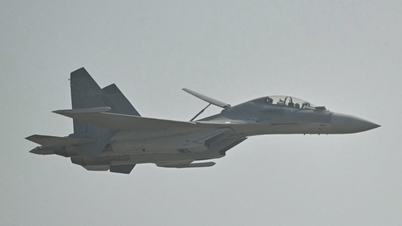



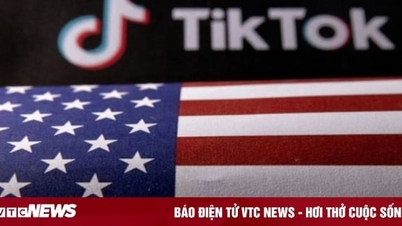

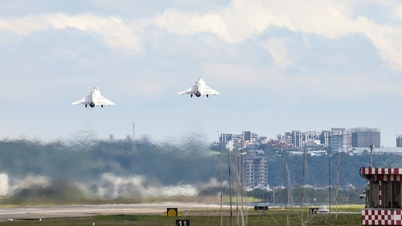



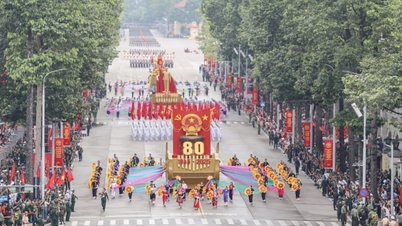
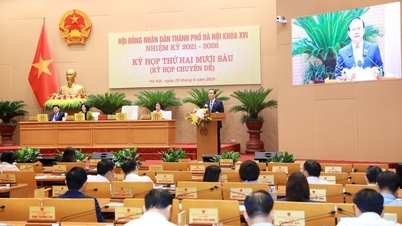
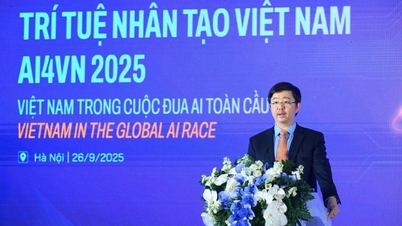











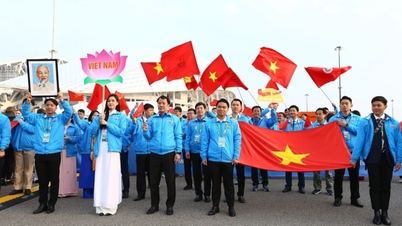






























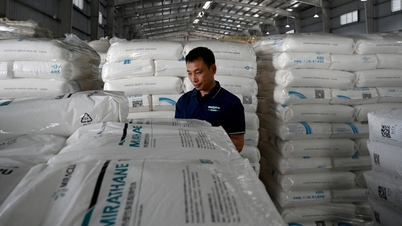




















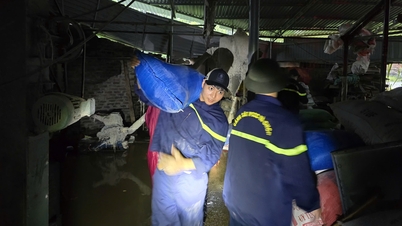


















Comment (0)